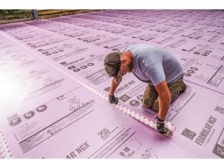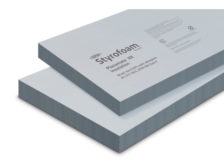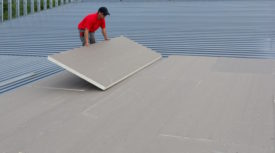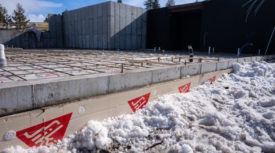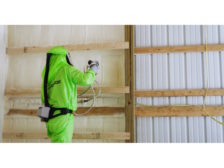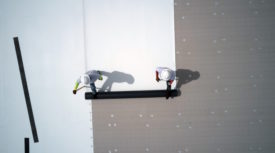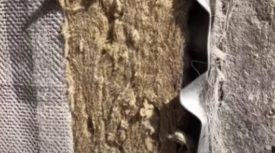Insulation
Materials whose primary purposes is to provide thermal resistance, such as polyisocyanurate, expanded polystyrene (EPS), extruded polystyrene (XPS), cellular glass, mineral fiber and gypsum board.
ARTICLES
Increasing Energy Efficiency from the Ground Up with Below-Grade Insulation
A Q&A with PIMA President Justin Koscher
March 12, 2024
Meeting Sustainability Goals by Designing High-Performance Building Envelopes
A Q&A with PIMA President Justin Koscher
November 7, 2023
Get our new eMagazine delivered to your inbox every month.
Stay in the know on the latest building & construction industry trends.
SUBSCRIBE TODAY!Copyright ©2024. All Rights Reserved BNP Media.
Design, CMS, Hosting & Web Development :: ePublishing



